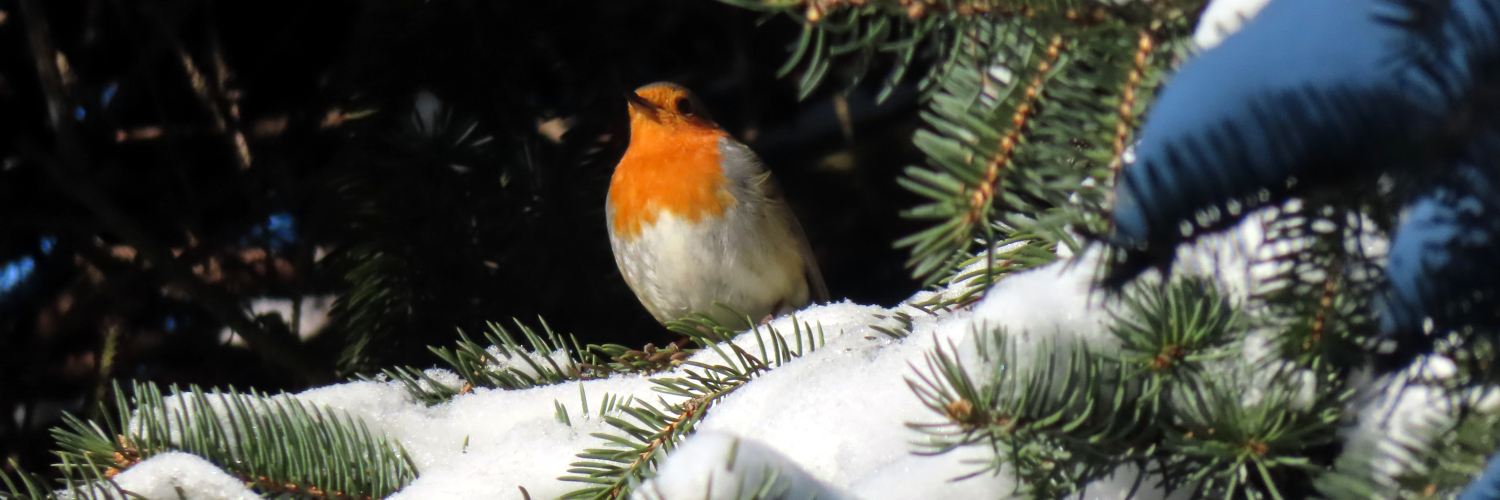
@pavel @stu @eliasr In general what I wanted to say is that things that are the most noticeable about default photo quality (looking kinda like through a slightly fogged glass, greenish tint, massive vignette) are all caused in the postprocessing domain and you don't even have to take the photos again to fix them (unlike 8-bit banding, where you indeed do).
@pavel @stu @eliasr 10-bit is only going to visibly help where there's banding in shadows. It happens, but not that often in my experience.
If you grab already taken DNGs and reprocess them into JPEGs in more sophisticated ways the difference in results is staggering. Even without lens corrections it's still clearly noticeable (and with vignetting corrected it's simply obvious). You can go through your past photos and give them a huge upgrade this way.
@joao There's still one "auto" button that I can't figure out how to press from the CLI interface 😭
@joao soon™
No manual editing this time, but an automatic postprocessing script using darktable-cli and rudimentary lens corrections. Takes ~30 sec to develop on the phone - about ten times longer than the default script used by Millipixels, but with much better results. #shotonlibrem5 #librem5 #mobilelinux #linuxmobile #photography
This lighting console UI is the result of thirty years of incremental learning on UX for professionals working in a world where time is the single most valuable thing.
It is effectively displaying a relational database with dozens of inter- and intra-dependent tables*, using a smorgasbord of visual cues and a completely custom keyboard for recall and access.
It can be used by near-novices with a very simple subject-verb-object command line syntax, with graphical feedback.
Everything beyond the two most essential tables is effectively hidden until requested, so as your skills, familiarity and requirements grow, you can expand your workspace complexity incrementally.
It allows a huge amount of workspace customisation but accessed in such a way that any operator unfamiliar with someone else’s workflow can within a few clicks, get back to the basic screens they are familiar with.
I think UI designers could learn a lot from the leading lighting console software.
So, I knew that signal had ensured that desktop installs weren't first-class users of the account and had no way of backing up messages. I didn't realize that there was no backup option of any kind on iOS at all, and no way to keep messages when switching platforms. That's, uh, kind of a big deal?
I looked into this because a friend on iOS has stopped using signal. They have a really important relationship that started on signal, and while it's since moved elsewhere, they don't want to lose all the original chat logs. So they bought a new phone and just keep the entire old phone somewhere safe, because there's no other option. The result is annoying (for me) and shitty for them — because the data still isn't backed up.
But it's ok, we've got stickers, Giphy support, and stories, and that's more important than absolutely basic security features.
We've noticed that a lot of you had some questions about this announcement, so we've collected the most important ones in a new FAQ section on the page above 👆
BTW. There's a sale right now and the phone is available for $599: https://shop.puri.sm/shop/librem-5/
It seems to have happened without much fanfare, but about a month ago @purism has released the Librem 5 hardware layouts under GPLv3 (as original PADS and converted KiCad projects), joining the schematics that were already available from the start.
@agx Hah, I remember scanning my 36C3 ticket in December 2019 and turning the phone off whenever I wasn't using it there. Good that it booted quite fast 😁 We're such a long way from there now.
last year I spent a few months on and off reverse engineering Pinball Fantasies (a 1992 video game; originally for Amiga, though I was reversing the more polished DOS port) with the intent of doing a game engine recreation, and then rewrote the logic as a Rust program
you can grab the result here: https://github.com/wanda-phi/pfr/ ; if you're interested in the internals of a 1992 DOS game written by demoscene people, I wrote down some (rather incomplete) notes here: https://github.com/wanda-phi/pfr/blob/main/TECH.md
I'd also like to thank @domi for porting this thing to browser environment with WASM, and hosting the result: https://pfr.sakamoto.pl/
enjoy!
I used to be a frequent game jam attender. At game jams, you come up with a game idea and implement it from scratch, all within (usually) 48 hours. You can imagine that the resulting code tends not to be particularly beautiful; what matters is how it works when presented at the end of the jam. Did it crash on stage? No? Excellent!
Whenever I dig into the code of out-of-tree vendor-provided kernel drivers I keep wondering whether they were developed in a similar fashion 🤔
- Homepage
- https://dosowisko.net
- Games
- https://dos.itch.io
- Holy Pangolin
- https://holypangolin.com
- Liberapay
- https://liberapay.com/dos
Hi, I'm dos. Silly FLOSS games, open smartphones, terrible music and more. 50% of @holypangolin; 100% of dosowisko.net. he/him/any. I don't receive DMs.
